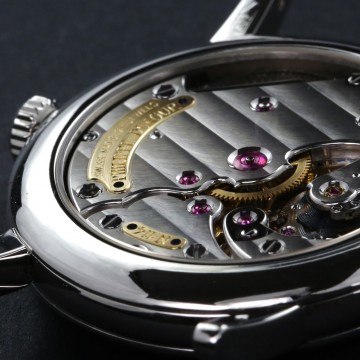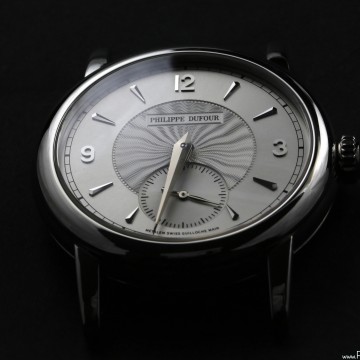Philippe Dufour Simplicity: In search of the lost time 1/3: Introduction
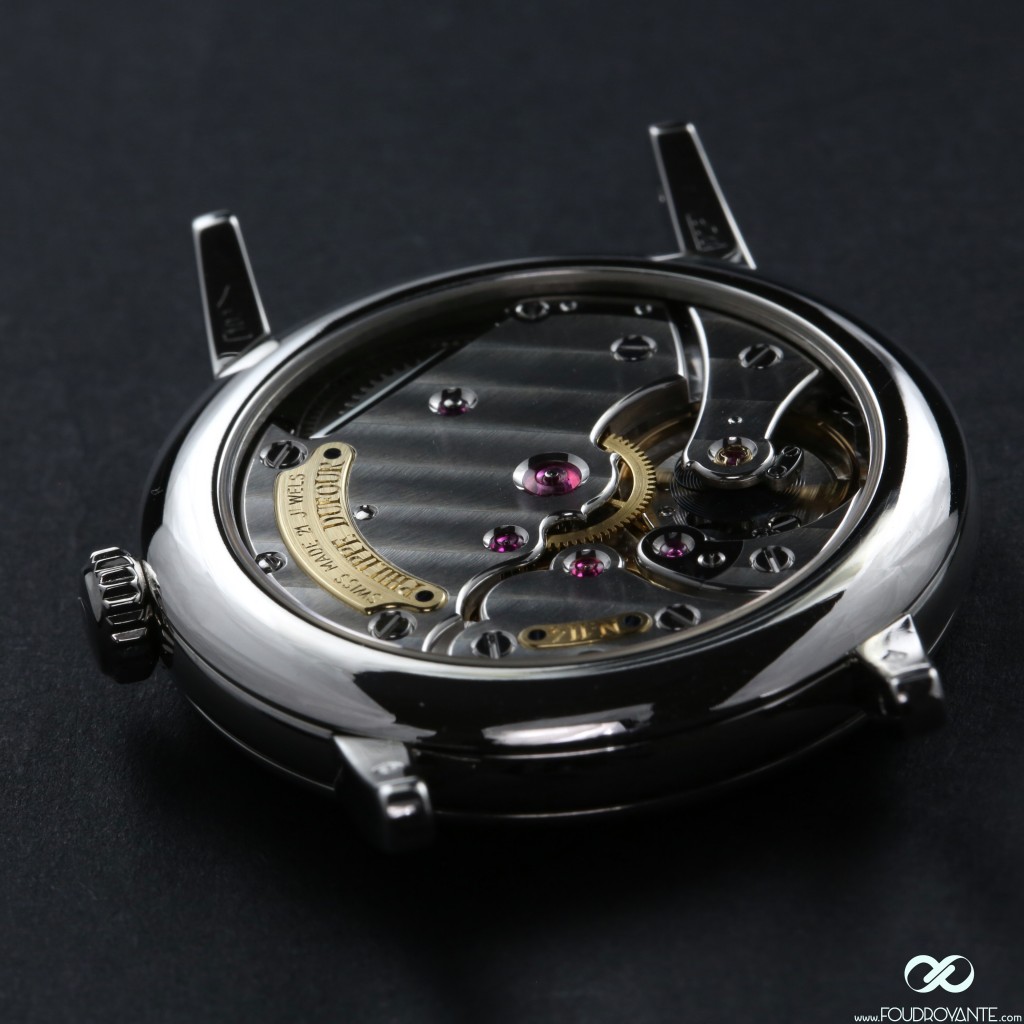
Hello everybody,
A few years ago, in 2006, Guy was sharing is enthusiasm through threads upon forums about the Simplicity he had ordered. After a gestation as long as an Elephant’s, three of four years, the watch was eventually delivered.
We had shared this long wait with him and I must say that throughout these years, I sometimes doubted the interest of this whole thing.
Why? Because at this time, I was convinced that one was buying a watch for its look, and that the Simplicity, with its plain design and its lack of complication did not justify the delay or the price, 46000€.
I used to think that some simple models from HH offered as much for a quarter of the price, like the Lange 1815, for example (since then, the prices of HH productions have increased, but not that of the Simplicity, thank you Mr. Dufour).
I thought to myself that finally, such a level of finishing only noticeable with a binocular didn’t justify the difference in price.
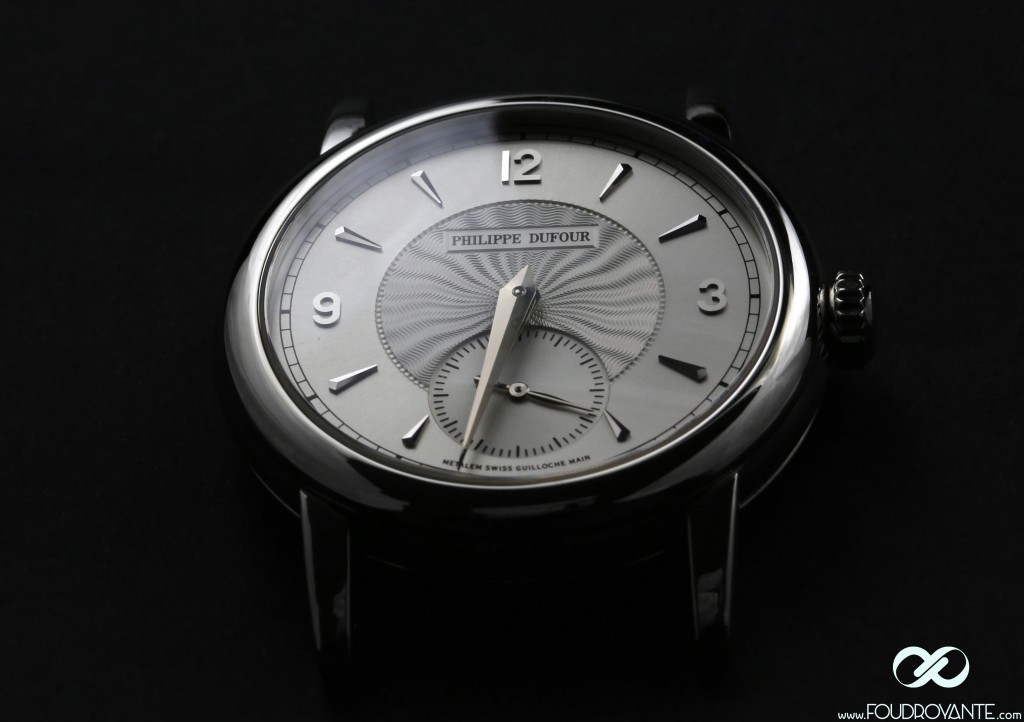
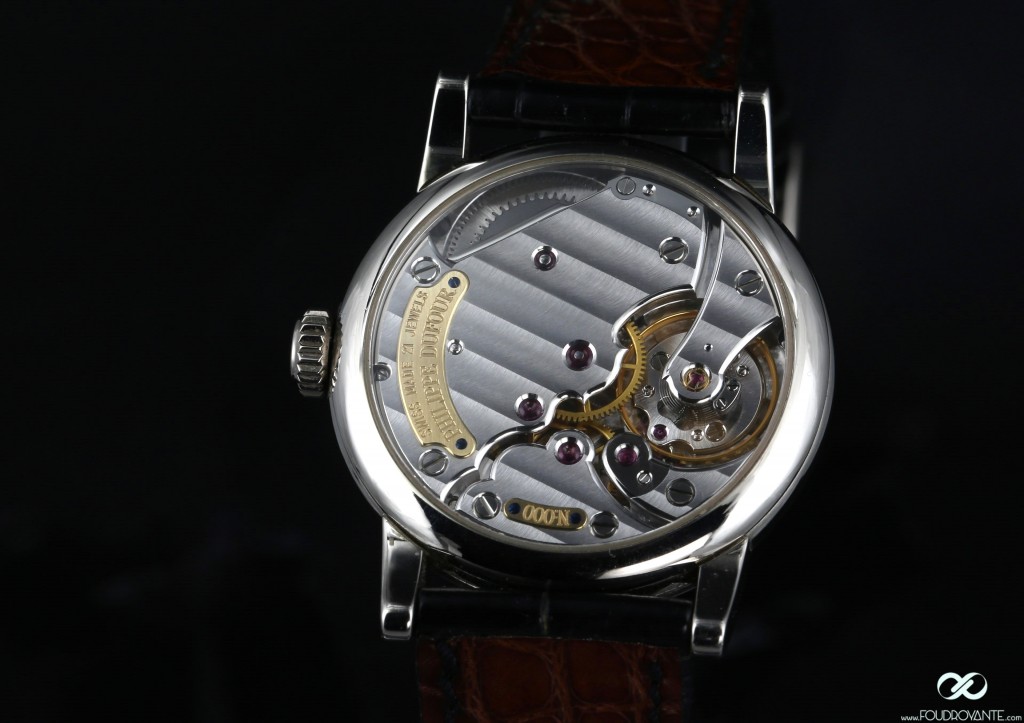
All in all, I have been visionary regarding watches and the watchmaking business during the last ten years.
But with this newbie’s judgment, I made my worst mistake. Let me explain why.
Most of all, I thought the many praises bestowed on the Simplicity were out of snobbism; Nobody was able to explain to me why, it seemed that the enthusiasm was inversely proportional to the lack of justification.
Throughout these years, beautiful photos have been published on the internet, by Ninanet or Peter Cheong. Yet, I haven’t found any explanation. I took me a long time to understand.
After ten years spent on the watchmaking web and after one year spent working with Philippe on the project “La naissance d’une montre”, my opinion about the Simplicity and on the work of Philippe Dufour has changed radically.To be honest, after this time spent with Philippe and Michel Boulanger, not only my point of view has changed, but I am full of admiration and respect.
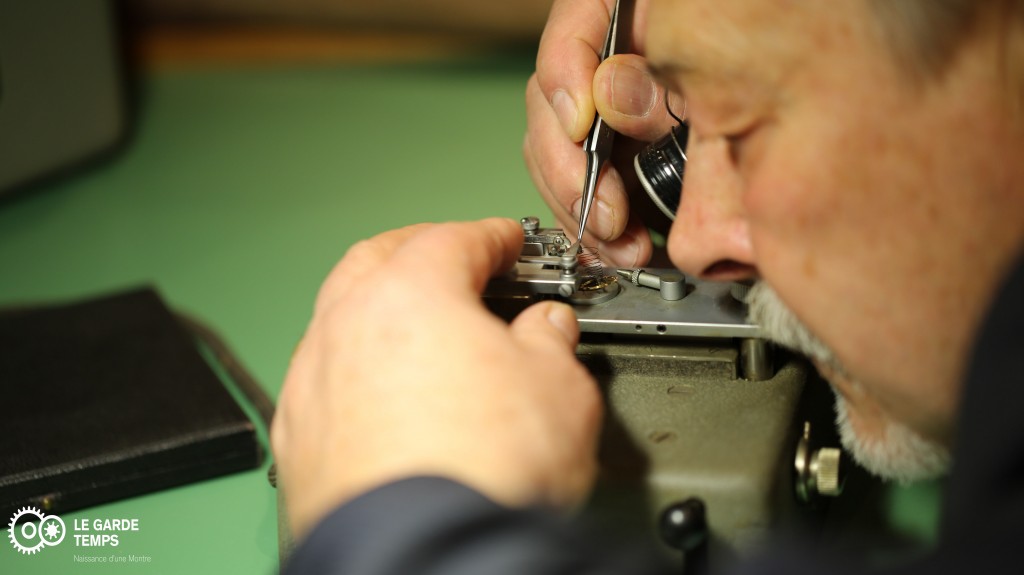
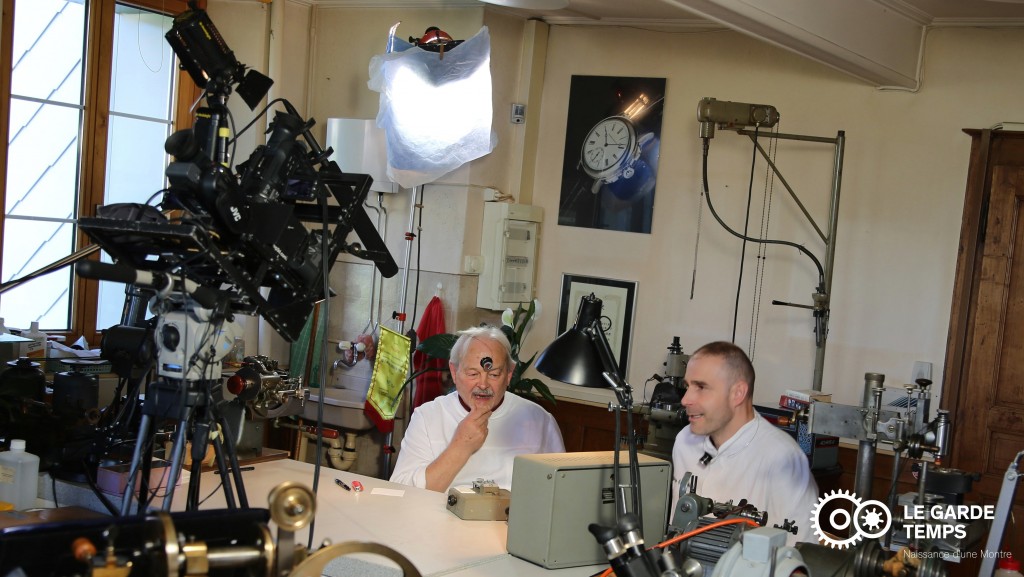
My journey is somewhat reminiscent of that of Luke Skywalker when he meets Master Yoda, on Dagobah. I was looking for a watch; I met watchmaking incarnated. We’re far away from sculptural Greek goddesses, Philippe is not a young man, hence the parallel with Master Yoda. For that matter, he is as intransigent with the dark side of watchmaking, as Yoda with the dark side of the Force.
What I have understood during this period, is that mechanical watchmaking, once it has been thrown out of fashion by electronic counterpart, has become an art.
Because it is based on the set of representations and abstractions which can account for prohibitive prices (at least equivalent to a nice vacation, up to a serious real estate acquisition).
The design, the complications, the finishes and the history are parts of a body of justification that fuel a system of representation. It is precisely what I missed the day I discovered the Simplicity.
Now that I have completed my agiornamento, I want to demonstrate why the Simplicity is such a unique watch.
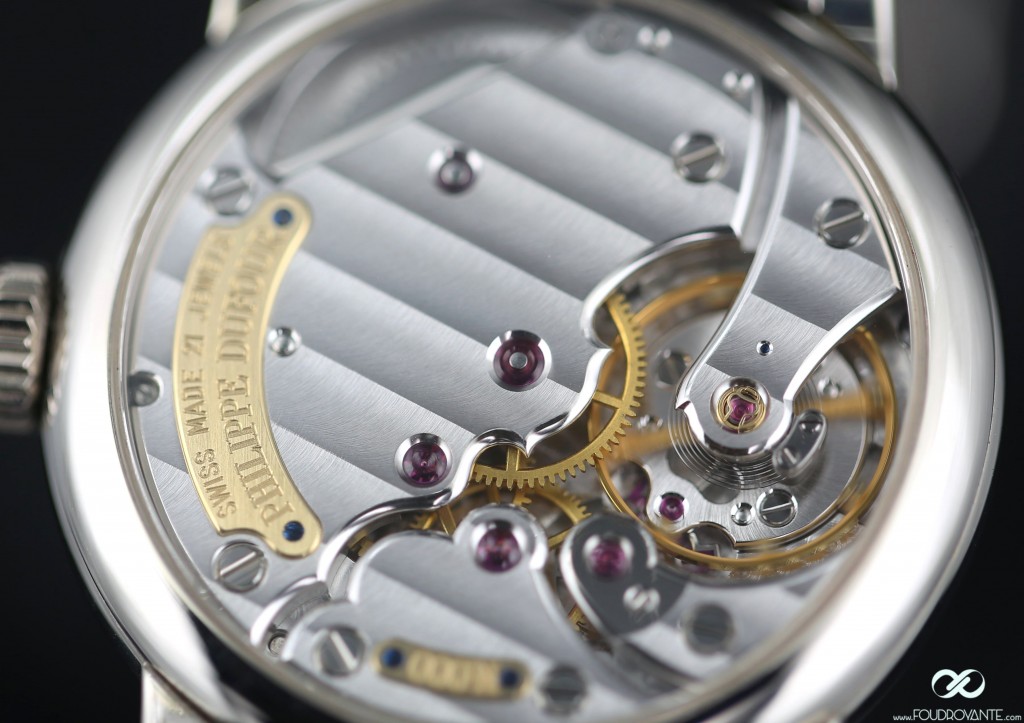
In order to understand this master piece, one must understand who the man is. Even if the goal of this topic is not to write Philippe’s biography, let’s take a quick look at the context in which the Simplicity was created.
In 1992, Philippe is disappointed by the attitude of the prestigious watchmaking houses. On the one hand, these brands keep their employees and their subcontractors in their shadow. The pharaohs, who used to entomb the architects of their pyramids, would not even have dreamed of such a cult of secrecy. On the other hand, he realizes that, from A.S service to A.S service, his work doesn’t get the respect it deserves.
At this point he decides to start his own brand. Since his journey is iconoclastic, his first creation is a complication never seen before: a great ringtone and minute repeater in a single wristwatch. Then, he creates the Duality, a piece featuring two regulating organs linked with a differential. In 1996, it is a first. Today, it has become a must for any high-end brand.
Surprisingly, the Duality won’t be a commercial success and Philippe will only produce nine pieces out of the 25 planned.
Today, there are 64 pending orders for the 17 Duality yet to be manufactured.
In my opinion, this lack of success stems from a double problem inherent to his pioneer’s status. First of all, he didn’t have any notoriety (which changed radically with the advent of the Internet and of the “C to C” horizontal communication channel). Then, the market is not yet ready for such an innovation.
Let’s draw a parallel with the invention of the printing press: everybody thinks it is the feat of Gutenberg. Yet, he just improved a technique invented by the Chinese and the Koreans. But what made the success of this new technique possible was a suitable environment: the Renaissance period …
Nowadays, the 25 Dufour Duality would be sold in a few hours.
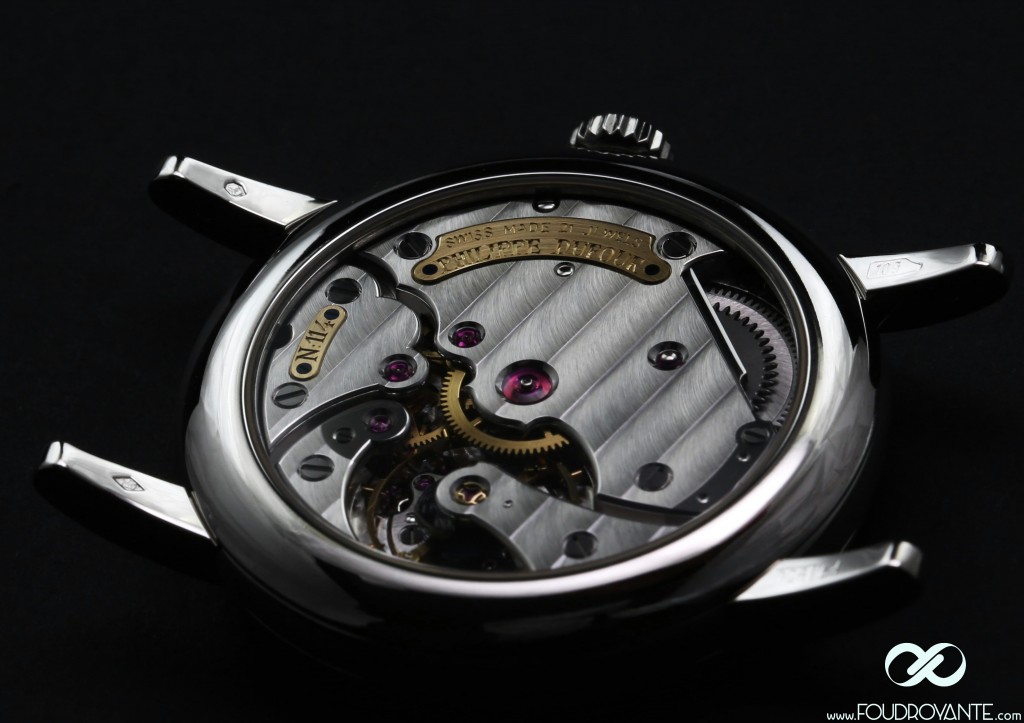
At the end of the 90’s, Antoine Presuzio encourages Philippe to produce a watch intended for the Japanese market. After a great complication and a double balance wheel, Philippe wanted to create something simple. Still, it had to be a challenge worthy of the master. Instead of decorating a hand winded movement from Piguet or Lemania, Philippe chose to develop his own caliber.
While the inspiration of his previous creations came from the restoration of Great complications, the inception of the Simplicity was influenced by the unadorned wristwatches from the Swiss watchmaking industry’s golden age, the period between the 30’s and the 60’s. Especially the superb Omega, Longines, Jeager le Coultre and Zenith…
At the beginning of his career, Philippe used to repair this kind of watches, and was fascinated by the balance, the reliability and the durability of these pieces. At this time, parts were made to last, unlike the programmed obsolescence from today.
The Simplicity was designed to be timeless. Its beauty is only a consequence.
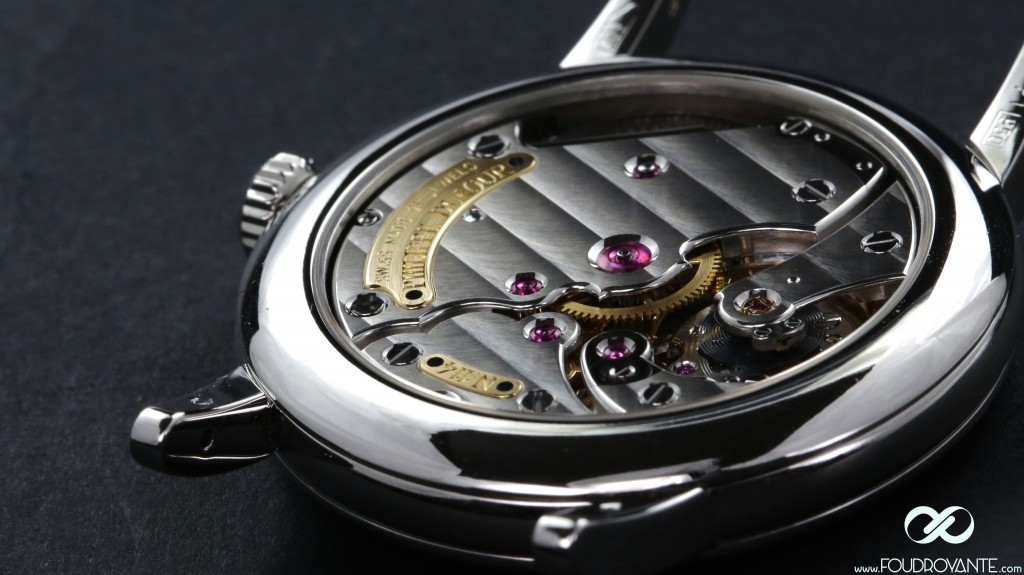
- Soon to come, in 22 points:
- 2/3: The mechanism and the external design.
- 3/3: the finishes.
See you soon.
Pifpaf.
